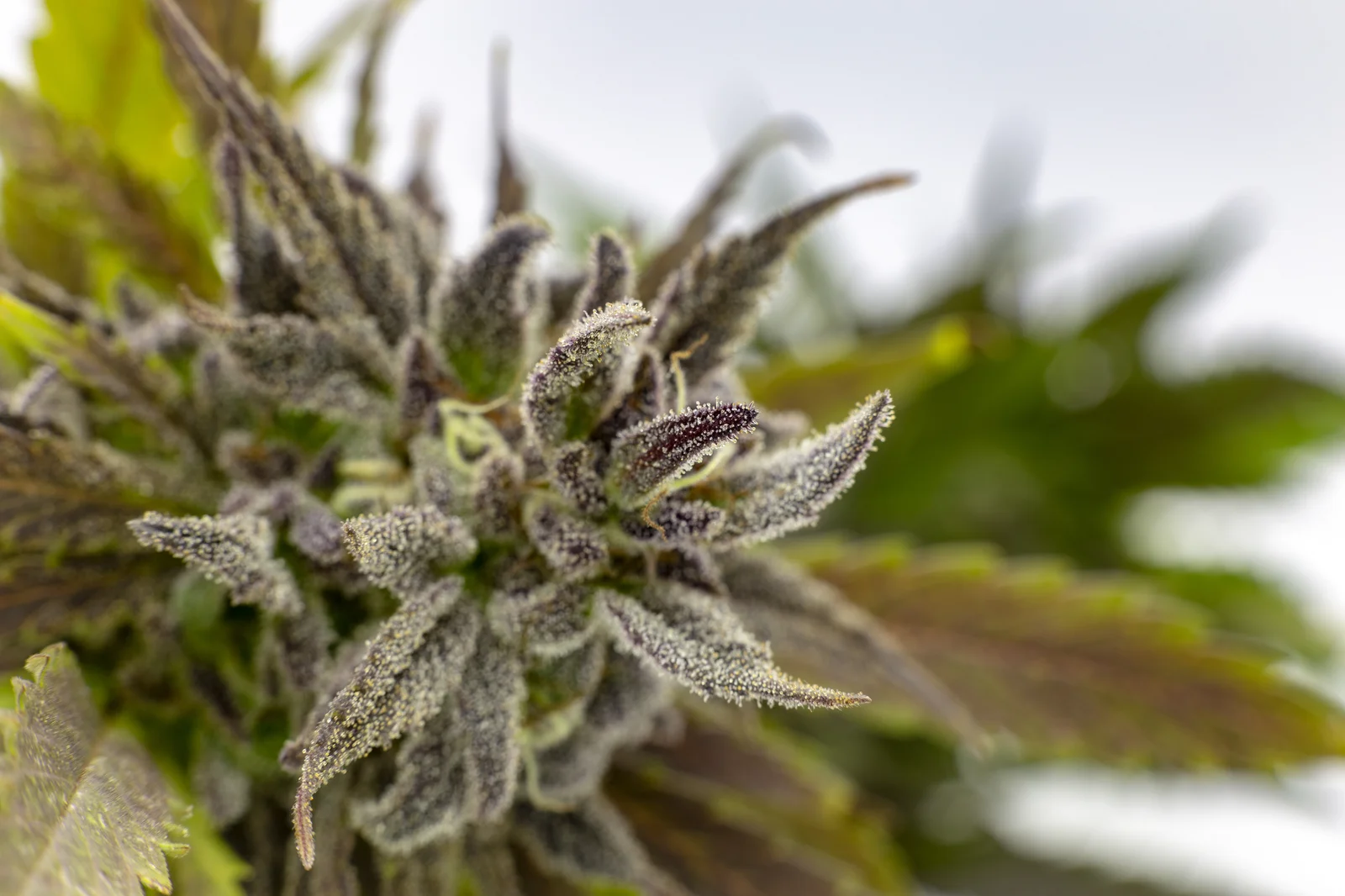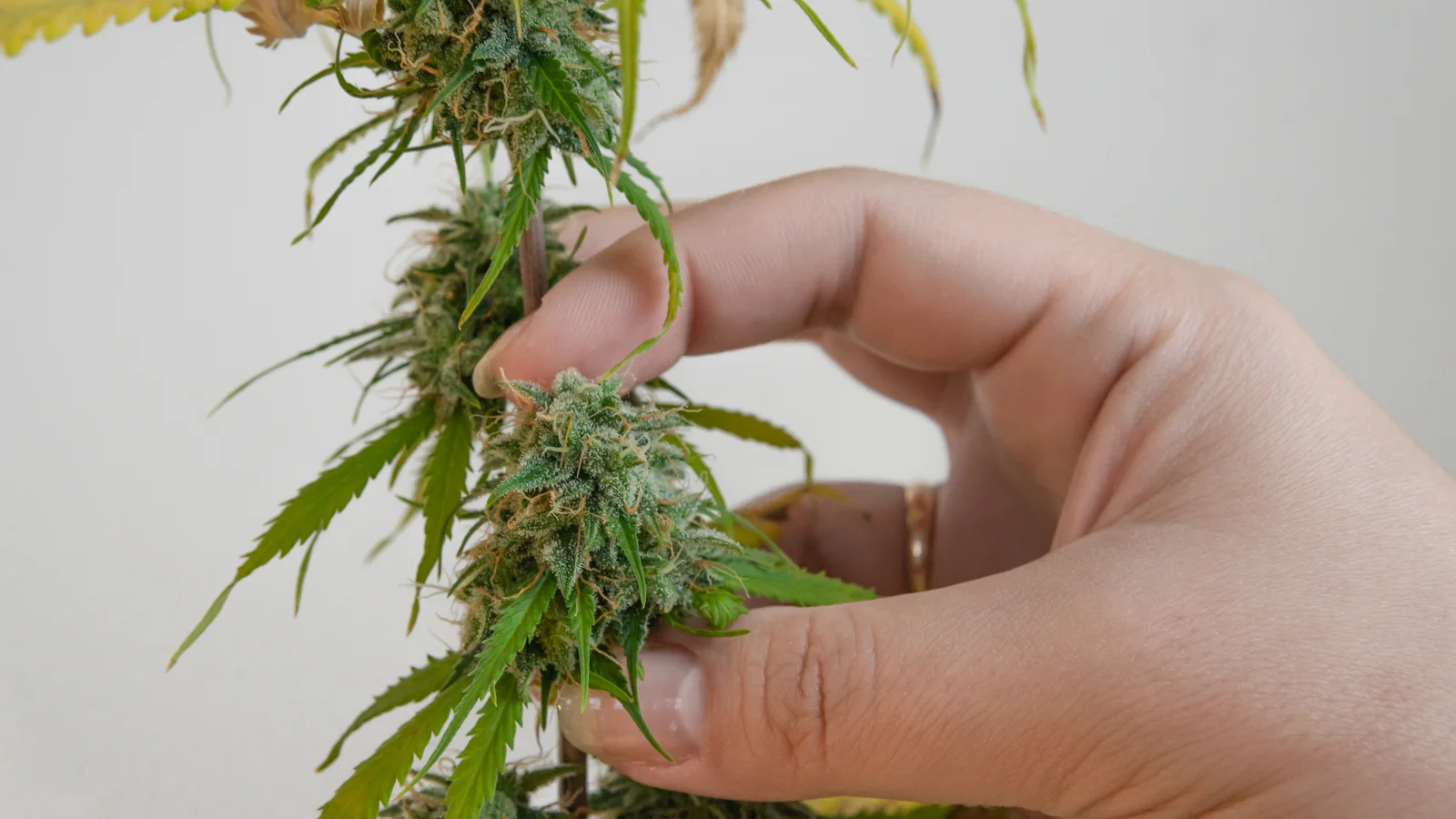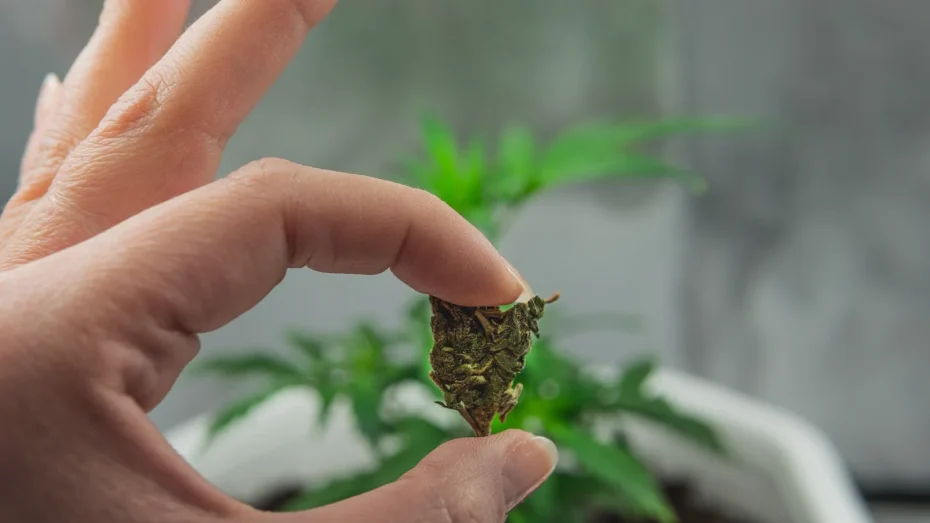In recent years, the distinction between hemp and cannabis has become a topic of significant interest, not only among botanists but also among consumers, regulators, and the industrial sector. While these terms are often used interchangeably, they refer to different varieties of the cannabis plant. This article aims to shed light on the real differences between hemp and cannabis, focusing on aspects such as their legal definitions, uses, and types.
Understanding of Hemp vs Cannabis
The primary difference between hemp and cannabis lies in their chemical compositions and intended uses. Hemp and cannabis both belong to the species Cannabis sativa L., yet they are cultivated for distinct purposes and contain varying levels of the psychoactive compound tetrahydrocannabinol (THC). The distinction is legally reinforced; for example, under the 2018 U.S. Farm Bill, ‘industrial hemp’ is defined as a cannabis plant containing 0.3% THC or less on a dry weight basis.

Explanation of the Differences
One of the most frequently asked questions is, “What is the difference between hemp and marijuana?” The answer lies in both composition and application. Hemp is primarily grown for its fiber, seeds, and oil, which are used in various products ranging from textiles to health foods. Its low THC content means it lacks the psychoactive effects associated with cannabis.
Insights into Uses and Types
The distinction between hemp and cannabis extends into their industrial applications. Industrial hemp is a versatile crop with thousands of applications. Its fibers are durable and can be used to manufacture paper, textiles, and biodegradable plastics. The seeds and oil provide nutritional benefits, rich in essential fatty acids and proteins.
Moreover, within the cannabis plant types, there are several strains, each with distinct characteristics informed by the levels of cannabinoids they contain. These strains differ significantly from those of industrial hemp, with variations tailored towards maximizing either therapeutic benefits or fiber production, illustrating the diversity within the *Cannabis sativa* species.
Context for Legal and Practical Understanding
Understanding the ‘hemp vs cannabis’ distinction requires credible context grounded in legal definitions and scientific research. Botanical research continually explores the benefits and applications of these plants, providing insights into their physiological effects and industrial potential. As regulations evolve, particularly with the increasing legalization of cannabis in many jurisdictions, the differentiation between hemp and cannabis becomes critical for compliance and market innovation.
Hemp vs Cannabis: Frequently Asked Questions
Hemp and cannabis are frequently discussed in popular media and scientific communities alike due to their cultural, economic, and health-related implications. As a neutral plant researcher, I aim to provide a balanced overview of these two often-confused plants by addressing some common questions.
What are the major differences between hemp and cannabis plants?
Hemp and cannabis belong to the same species, *Cannabis sativa*, making them closely related, but they are cultivated and utilized for different purposes, leading to some distinct differences:
THC Content:
- Hemp: Legally defined, particularly in many parts of the world such as the U.S., as having a THC (tetrahydrocannabinol) content of 0.3% or less. This low concentration of THC means that hemp does not have psychoactive effects.
- Cannabis: Often referred to as marijuana, this plant may contain anywhere from 5% to over 30% THC.
Physical Characteristics:
- Hemp: Typically taller with long stalks, minimal branching, and smaller leaves. It is often cultivated in dense fields to maximize production.
- Cannabis: Usually shorter and bushier with broader leaves and more branching to enable higher yields of flower, which contains the highest concentration of cannabinoids, including THC.

Can these two plants, hemp and cannabis, be grown in the same conditions?
While they can be grown in similar conditions, there are some differences that must be taken into account:
Growing Conditions
- Hemp: Typically requires less rigorous growing conditions and is often grown outdoors in large fields. It is hardy, requiring less attention in terms of pest management and is usually planted with a specific aim for fiber or seeds.
- Cannabis: Requires controlled environments, often grown in greenhouses or indoors with careful management of lighting, temperature, and humidity to maximize the quality and quantity of flowers, which are harvested for their high cannabinoid content.
Consideration of Cross-Pollination
- The risk of cross-pollination is a concern when growing both plants in proximity. Hemp’s pollen can reduce the potency and value of cannabis crops by potentially increasing seed production in plants focused on flower yield.
Conclusion: Summarizing Hemp vs Cannabis
In summary, although hemp and cannabis belong to the same species, their differences are significant in terms of THC content, legal status, and industrial application. Hemp is cultivated for its strong fibers and nutritious seeds, while cannabis is valued for its psychoactive effects and potential medical benefits. Recognizing these differences is crucial for consumers, producers, and regulatory bodies worldwide. The evolving landscape of cannabis research and legalization continues to underscore the importance of distinguishing between these two closely related, yet distinct plants.
Streamline Cannabis CultivationRecommended For You
Exploring Emerging Cannabis Markets: Where the Next Wave of Growth Is Happening
October 30, 2025Understanding the Cannabis Growth Stages: A Step-by-Step Guide to Healthy Plant Development
October 29, 2025The Future of Cannabis Technology: How Innovation Is Transforming Cultivation and Processing
October 28, 2025About GrowerIQ
GrowerIQ is changing the way producers use software - transforming a regulatory requirement into a robust platform to learn, analyze, and improve performance.
To find out more about GrowerIQ and how we can help, fill out the form to the right, start a chat, or contact us.

